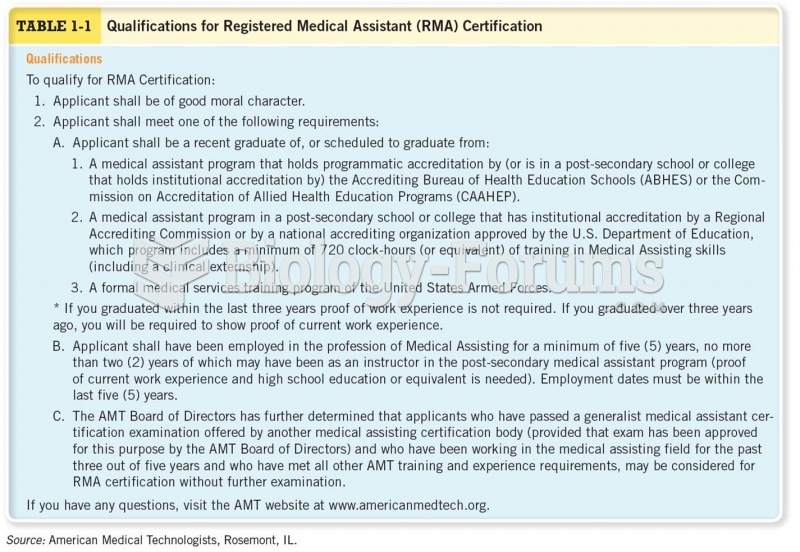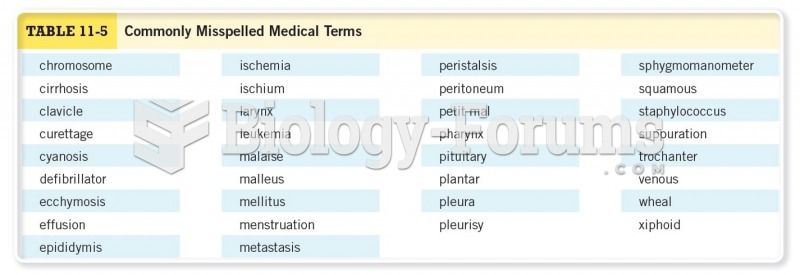Answer to Question 1
Answer:
Insurance companies may or may not be able to withhold payment for conditions which existed prior to a patient becoming covered under a contract. This prevents patients from not paying for insurance coverage, then suddenly discovering they have a serious illness and seeking insurance to cover that illness.
According to the Affordable Care Act of 2010, preexisting limitations must be included in the contract (it will depend on legislation whether this law continues to be allowable). The term preexisting is different for each contract. Most often it is defined as a condition for which the patient has sought treatment within a given time period before insurance coverage has begun. If the patient has sought treatment for such a condition within this time period, benefits for treatment may not be covered, or may be limited to a certain dollar amount. Usually, the restraints for benefits will cease once the patient has been covered under a contract for six months or longer. In 2014, preexisting conditions will no longer be allowed in insurance contracts.
Some contracts also have a treatment-free period. With this provision, if the patient can go without treatment for a specified period of time (often 90 days), then the insurance carrier will no longer consider the condition to be preexisting and will cover the illness or condition under the normal terms of the contract.
Remember that treatment includes any kind of contact in relationship with the illness, including the office visit or testing which was used to diagnose the illness. It also includes treatment of the condition, tests or office visits to monitor the condition, and filling of prescriptions relating to the condition.
Answer to Question 2
Answer:
A Basic Benefit provides a specified allowance for a certain type of service (i.e., preventative tests), is usually paid at 100 of covered expenses, and is paid before major medical benefits are paid. Therefore, it is possible for the insurance plan to pay basic benefits even when the patient has not yet met the deductible. Since the implementation of the Affordable Care Act 20092014, basic benefits are mandated to include certain preventative care services at no additional cost to the insured. Basic benefit plans are often called managed care plans.
Some contracts have a basic benefit which is based upon the unit value (a number based upon the difficulty of a procedure and the overhead needed) being multiplied by a basic conversion factor (see Ball contract in Appendix A). This allows a small portion of most services to be paid at 100 with the remaining portion paid at the normal coinsurance percentage. Often these types of basic benefits do not cover all procedures.







